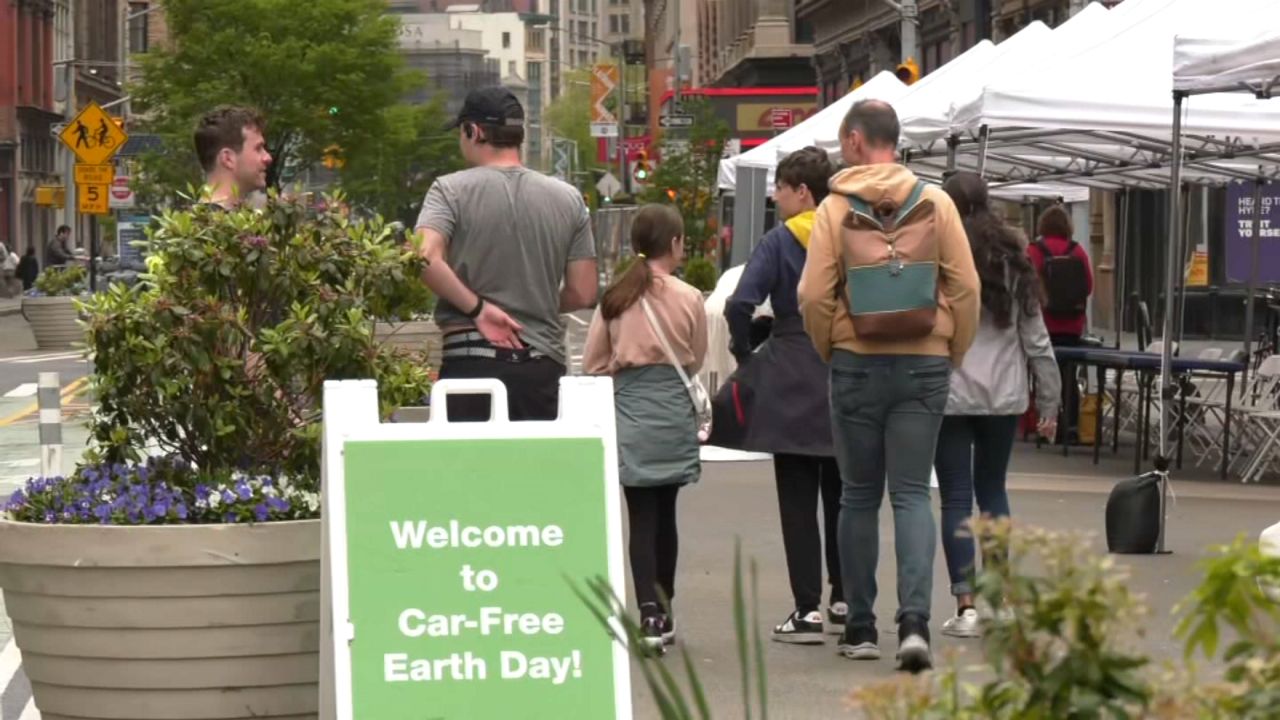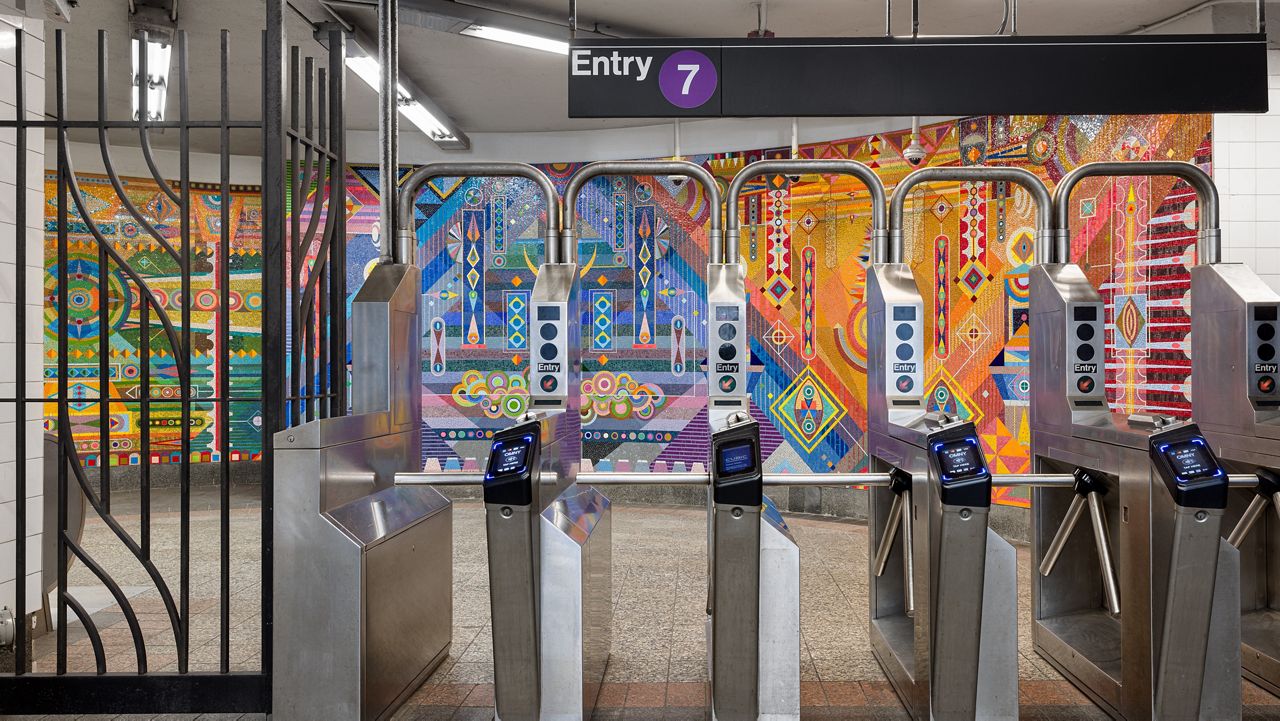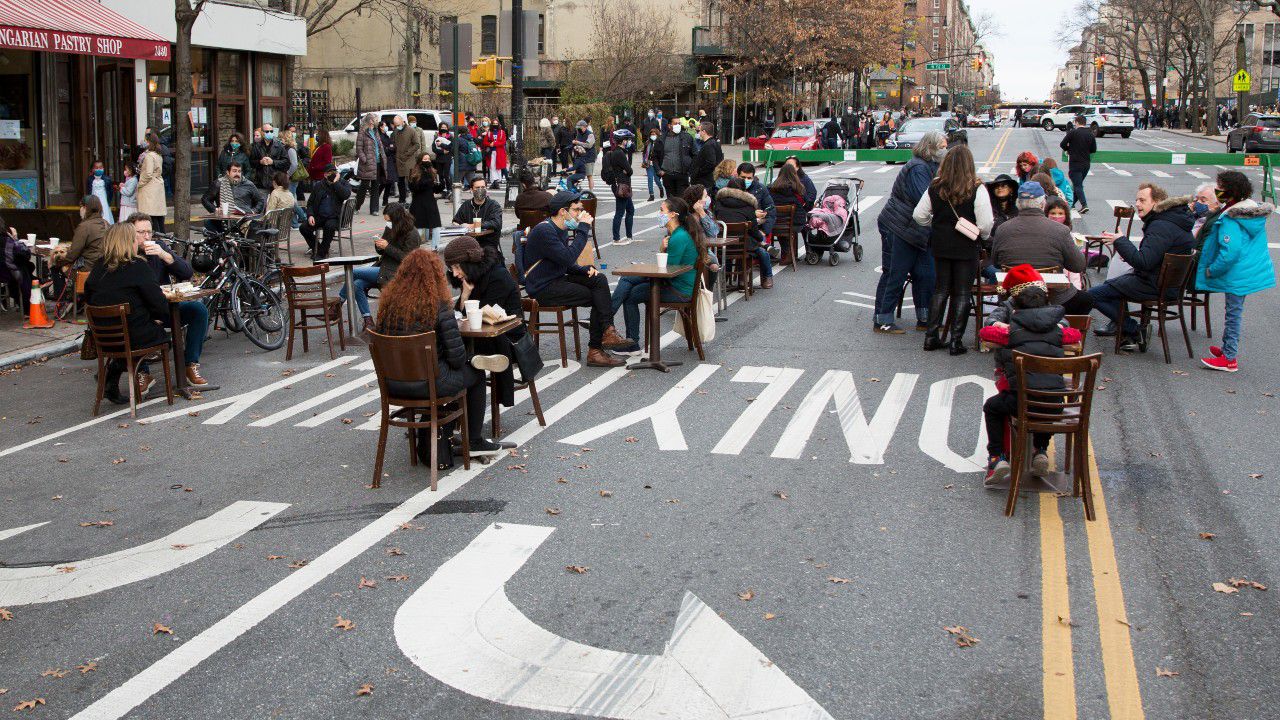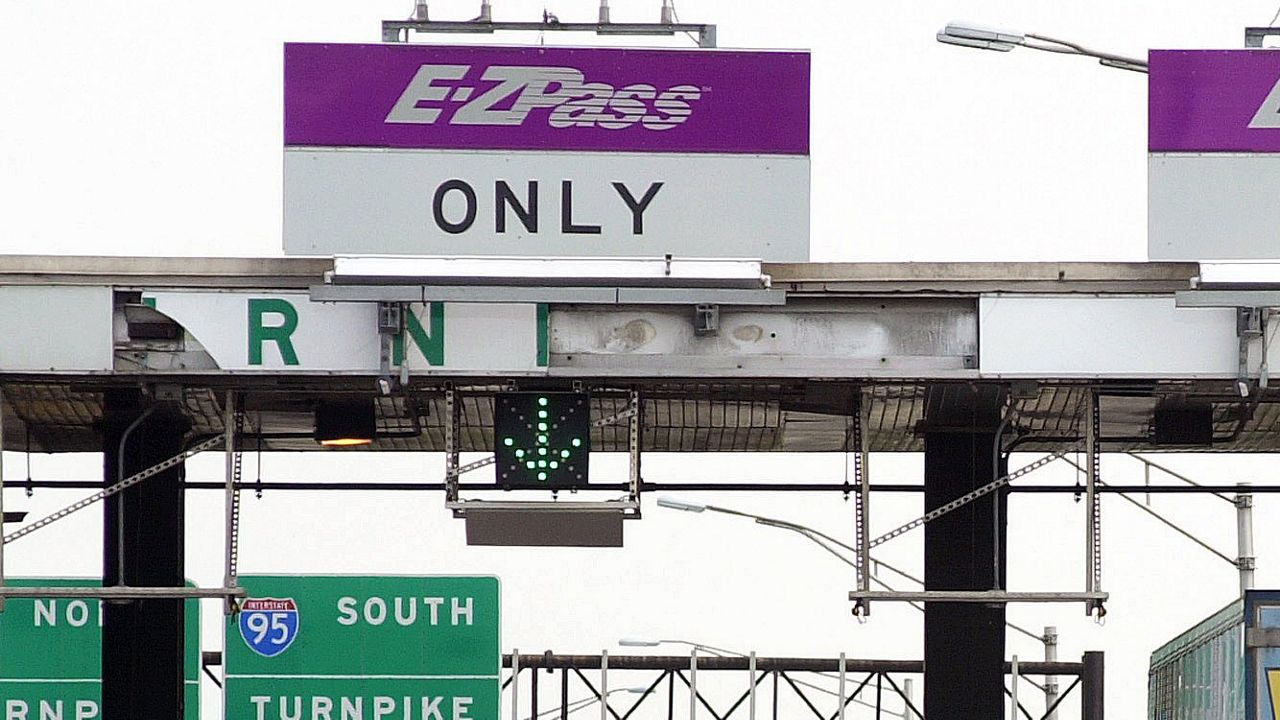The MTA board Wednesday got an update on the agency’s efforts to fight fare evasion, a problem that has grown.
“I say it’s at least $700 million. It may be upwards of that,” MTA Chairman and CEO Janno Lieber said for the whole system. “But the preliminary estimates would put it in that $700-to-$800-million range.”
What You Need To Know
- The MTA is using low-tech methods like high fins on the cabinets of turnstiles to prevent people from pushing themselves over at several stations
- Even with increased private security, police presence, summonses and arrests, fare evasion is projected to cost the transit system over $700 million in 2024, according to officials
- The MTA wants to expand the use of wide-aisle fare gates to more stations and is establishing a Fare Evasion Lab to test new technology, including proposals for modern fare gates
For subways, it’s increased from $285 million figure in 2022 to a projected loss this year of nearly $360 million. Despite following the recommendations from a blue-ribbon panel on fare evasion last year.
“We are trying to focus on the four pillars that our blue ribbon panelists came up with, which is education, equity, enforcement and environment,” Chantel Cabrera, senior director of Subways Coordination and Solutions, said.
Arrests are up with increased police presence, private security at fare gates, an education campaign and an effort to get those who can’t afford to pay into the low-income fair fares program.
Physical barriers like fins on the sides of turnstiles to prevent people from jumping over them, including at Bowling Green, and addressing weaknesses exposed at the new wide-aisle fare gates in several TikTok videos to prevent piggy-backing or manipulating the sensors.
“We’ve actually decreased the time in which the paddles take to close,” Cabrera said. “We have installed interim barriers in order to prevent any hacking of the sensor trigger. We’ve increased the amount of force that you could put on the paddles before you could break through.”
But Lieber is also concerned about the emergency gates and those going through who can afford to pay.
There’s a pilot to delay their opening by 15 seconds. The agency said at the several fare control areas where it’s been employed, there’s been a 38% reduction in fare evasion through the gate and a 7% reduction in fare evasion overall.
But emergency evacuations are a concern for state code enforcement officials, which the MTA working is working on. But it's not quickly enough for Lieber.
“If it were up to me, we would put the delay on every goddamn gate immediately,” he said.
What the MTA did not address Wednesday is fare evasion on buses, where non-paid ridership ranges from between 40% to more than 55%.
“What seems to have happened is that people got out of the habit of paying during COVID when we closed the front door to protect the bus operators, let everybody get on the back and not pay,” Lieber said. “And we have never gotten back to the levels of payment we were at before COVID.”
Meanwhile, the MTA is planning to expand the fins and the new fare arrays to more stations while they choose a permanent new fare gate system.
The agency also targeting students by creating an incentive program. If they swipe their MetroCards every day, they can be entered into a drawing to win a virtual reality headset.
Lastly, the MTA is also launching a Fare Evasion Lab to try new technologies as they try new modern fare gates from their request for information issued earlier this year.




_CGPKG_Fare_Evasion_Efforts_CG?wid=320&hei=180&$wide-bg$)




